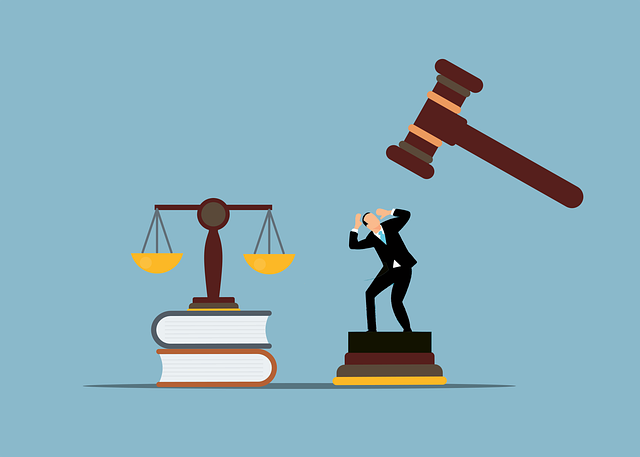Personal injury contingency fees empower individuals with limited finances to seek justice through a percentage-based payment model for accident attorneys. This arrangement removes upfront costs, allowing clients like those involved in truck accidents or facing nursing home abuse to access legal representation. After investigating and preparing cases, lawyers negotiate settlements or take them to trial, ensuring compensation only upon successful resolution. While this structure benefits clients financially, it might reduce their eventual payout and creates potential tension between desired outcomes and financial interests.
Personal injury lawyers often work on a contingency fee basis, offering clients a risk-free way to seek justice. This arrangement means legal fees are paid only if there’s a successful outcome, such as a settlement or verdict. In this article, we’ll explore how these attorneys handle contingency fee cases, delving into the process, benefits for clients, and the challenges involved. Understanding this structure is key for those seeking representation in personal injury matters.
- Understanding Contingency Fees in Personal Injury Cases
- The Process: How Personal Injury Lawyers Handle Contingency Fee Cases
- Benefits and Challenges of Contingency Fee Arrangements for Clients
Understanding Contingency Fees in Personal Injury Cases

Contingency fees in personal injury cases are a common arrangement between an accident attorney and their client. Instead of charging an upfront fee, the lawyer agrees to take a percentage of any settlement or award received. This model is designed to make legal representation more accessible for individuals who may not have substantial financial resources. In these cases, the personal injury contingency fee typically ranges from 30% to 45% of the total damages recovered.
This approach benefits clients by ensuring they don’t incur any costs unless there’s a successful outcome. It also encourages accident attorneys to work diligently on their cases since their compensation directly depends on the client’s success. This system is particularly beneficial for individuals seeking redress for slip and fall injuries or employment disputes, where legal fees can be a significant barrier to accessing justice.
The Process: How Personal Injury Lawyers Handle Contingency Fee Cases

When a client retains a personal injury lawyer on a contingency fee basis, the attorney agrees to take a percentage of any settlement or judgment as compensation for their services. This arrangement is beneficial for victims who may not have the financial resources to cover legal fees upfront. The process typically begins with the victim reaching out to a lawyer and discussing their case. If the lawyer deems the case worthy, they’ll agree on a contingency fee contract.
In personal injury cases, such as truck accidents or medical negligence, including nursing home abuse, the lawyer will conduct a thorough investigation to gather evidence, interview witnesses, and consult with experts. This stage is crucial in building a strong case. Once sufficient evidence is collected, the lawyer will negotiate with the opposing party or their insurance company to reach a settlement. If negotiations fail, the case may proceed to trial, where the lawyer will present the client’s claim before a judge and jury.
Benefits and Challenges of Contingency Fee Arrangements for Clients

For clients involved in personal injury cases, contingency fee arrangements offer several significant advantages. One of the key benefits is that it allows individuals who may not have substantial financial resources to access legal representation. In such agreements, the lawyer only gets paid if they successfully resolve the case, usually through a settlement or verdict. This means clients avoid upfront costs and legal fees, which can be especially beneficial for those dealing with medical bills and other expenses related to their injury. It also encourages personal injury lawyers to take on cases that might otherwise be considered unattractive due to potential low monetary outcomes, ensuring access to justice for all.
However, there are challenges associated with this arrangement. The lawyer’s fee is typically a percentage of the settlement or award, which can sometimes result in clients receiving less compensation than they might have achieved through traditional billing methods. Additionally, these cases often involve complex negotiations and legal processes, increasing the risk that the case may not be resolved swiftly or successfully. This uncertainty can create tension for both parties, as clients rely on their lawyer’s expertise to secure a favorable outcome while lawyers balance their financial interests with the best interests of their clients.
Personal injury lawyers play a vital role in advocating for clients who have suffered harm due to another party’s negligence. By employing a personal injury contingency fee arrangement, these legal professionals take on the financial risk of pursuing compensation, offering clients access to expert representation without upfront costs. This model benefits clients by enabling them to focus on recovery while the lawyer navigates the complex legal system. While there are challenges, such as potential percentage-based fees, understanding the process and its advantages can empower individuals to make informed decisions when seeking justice for personal injuries.






